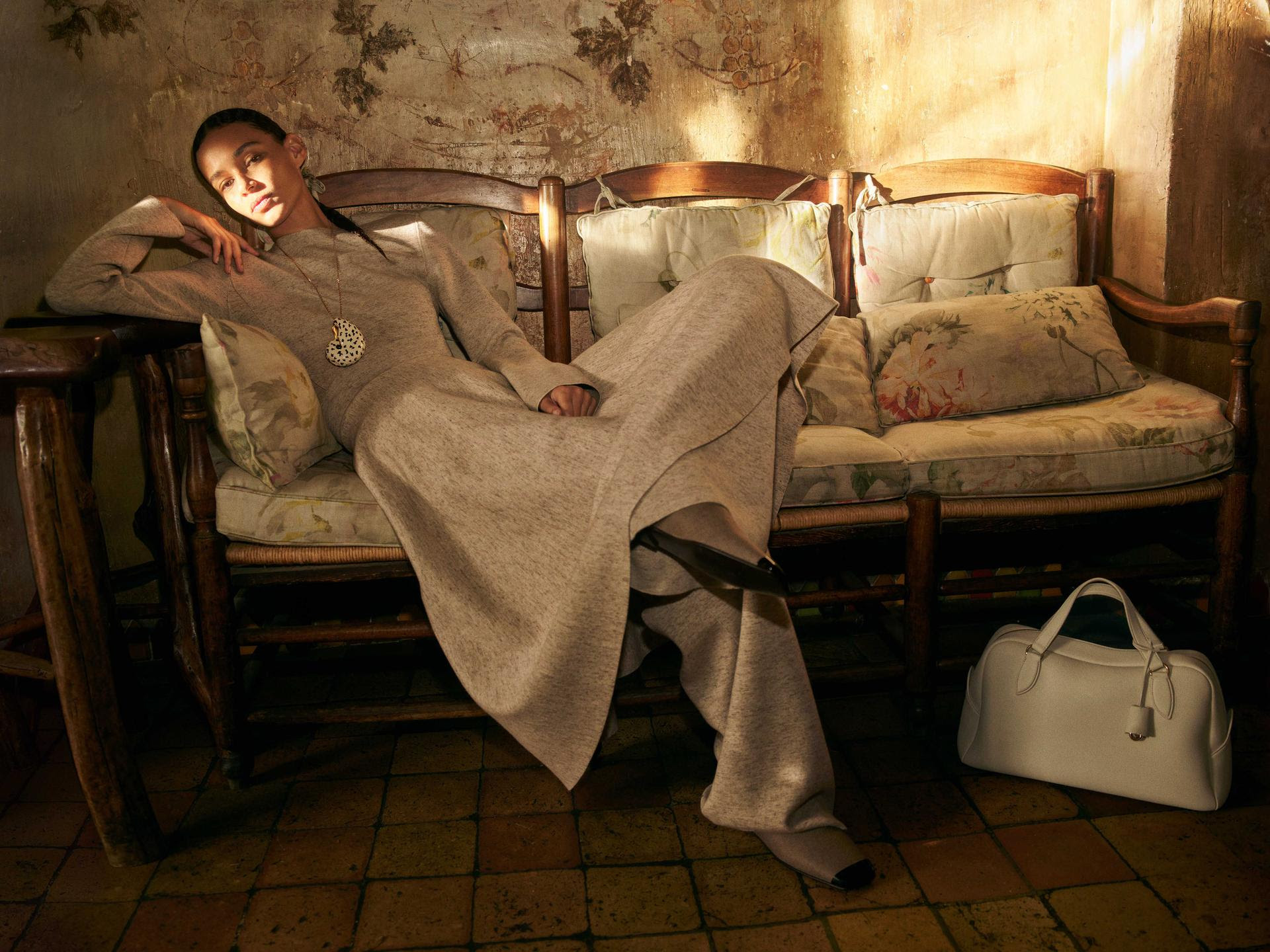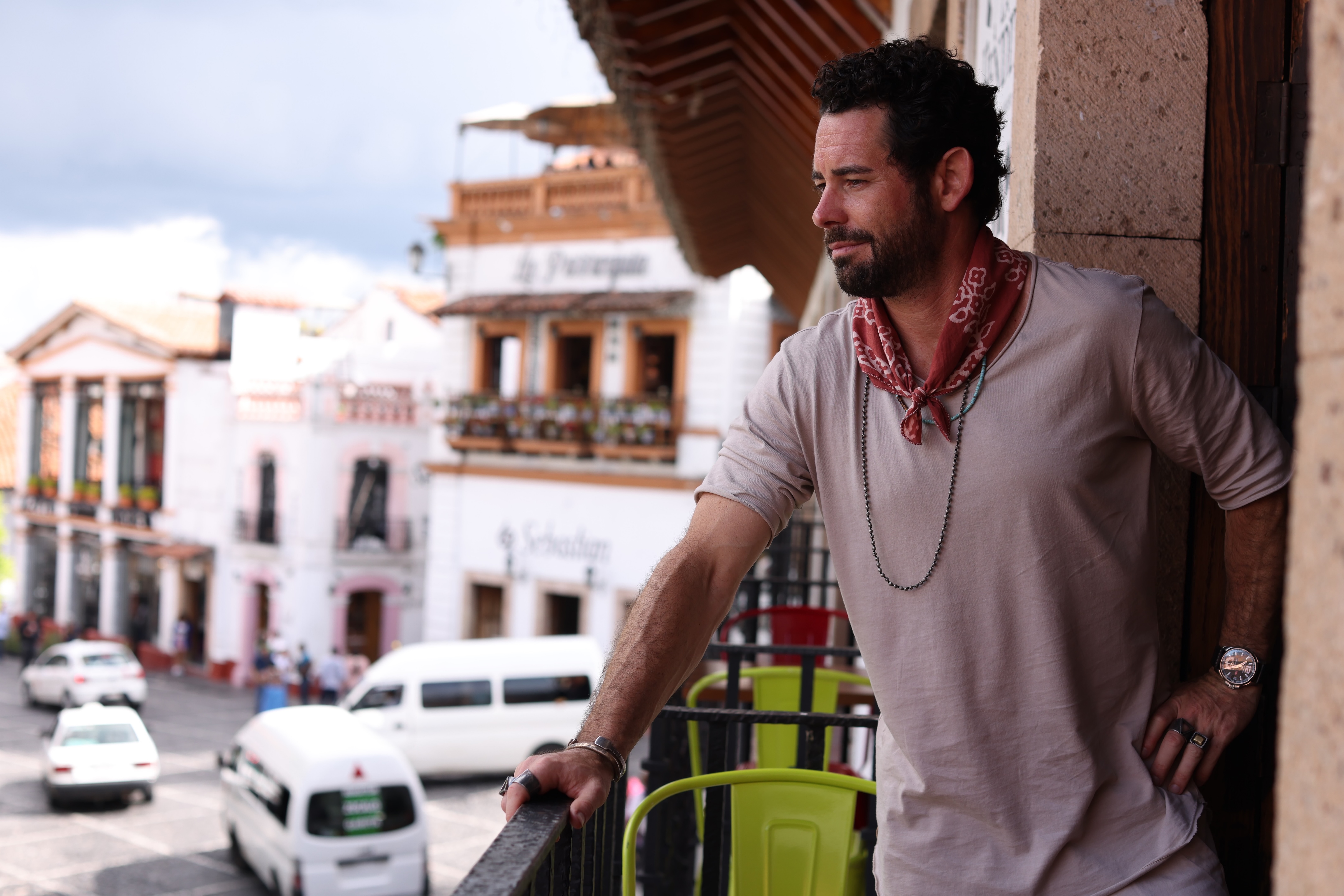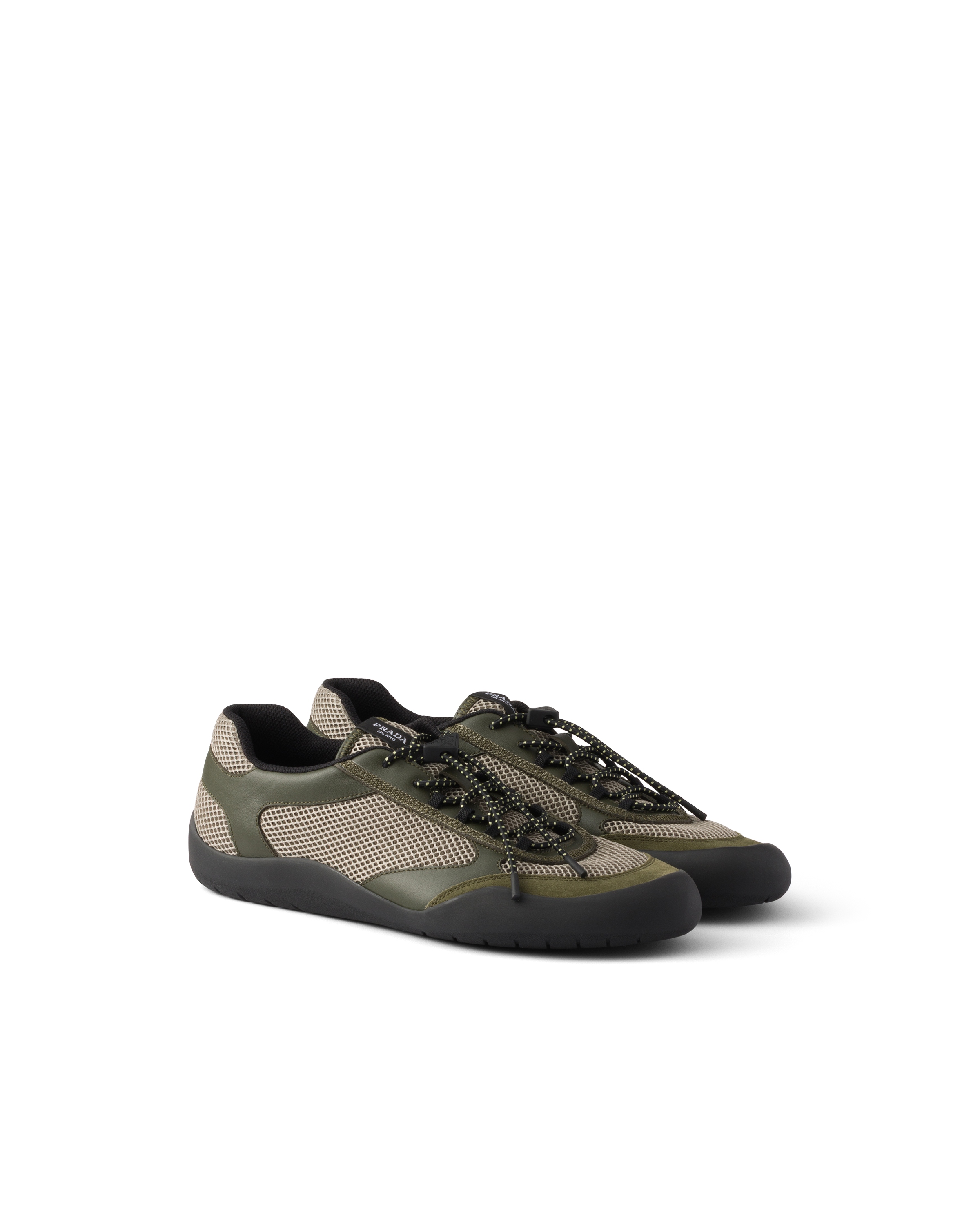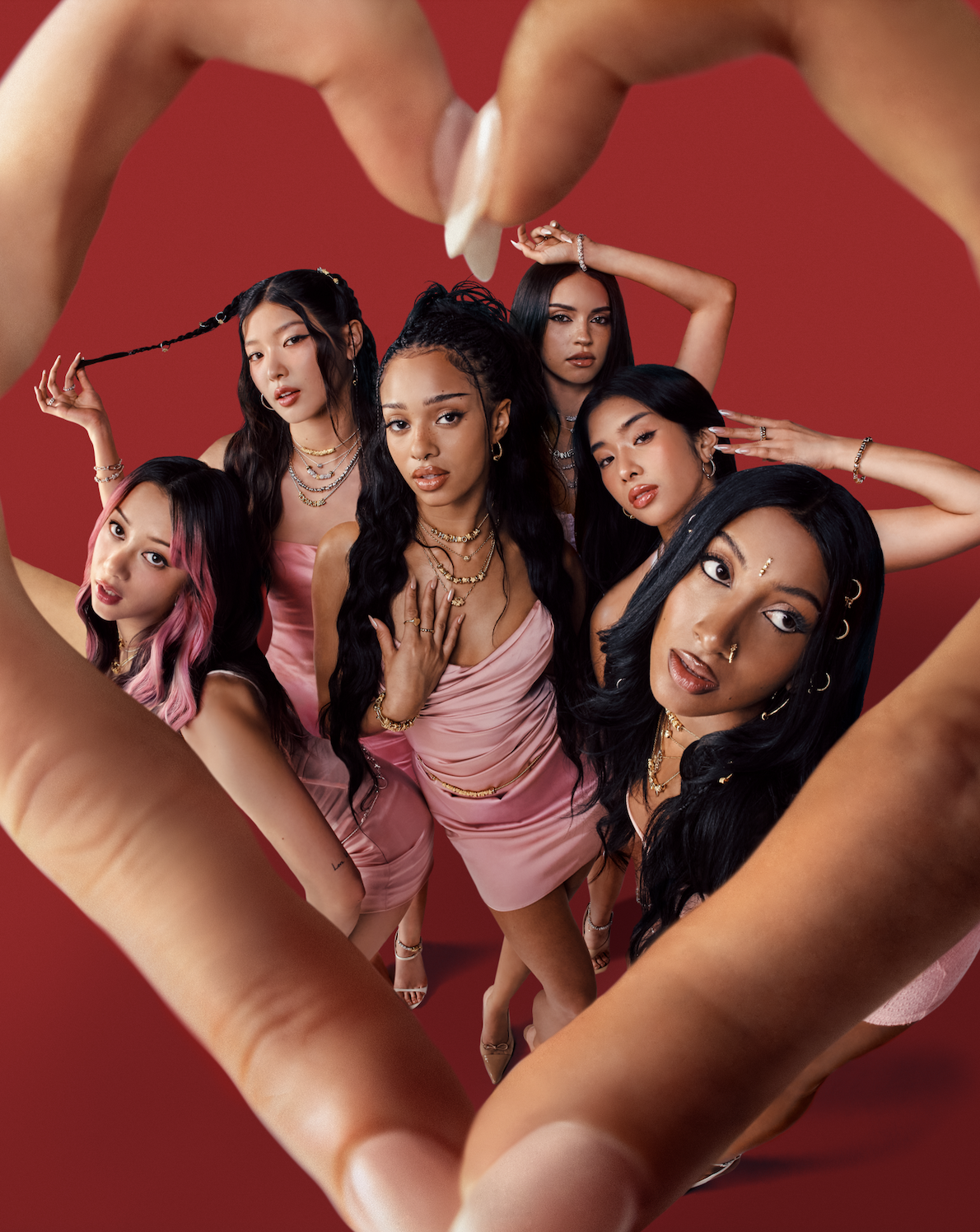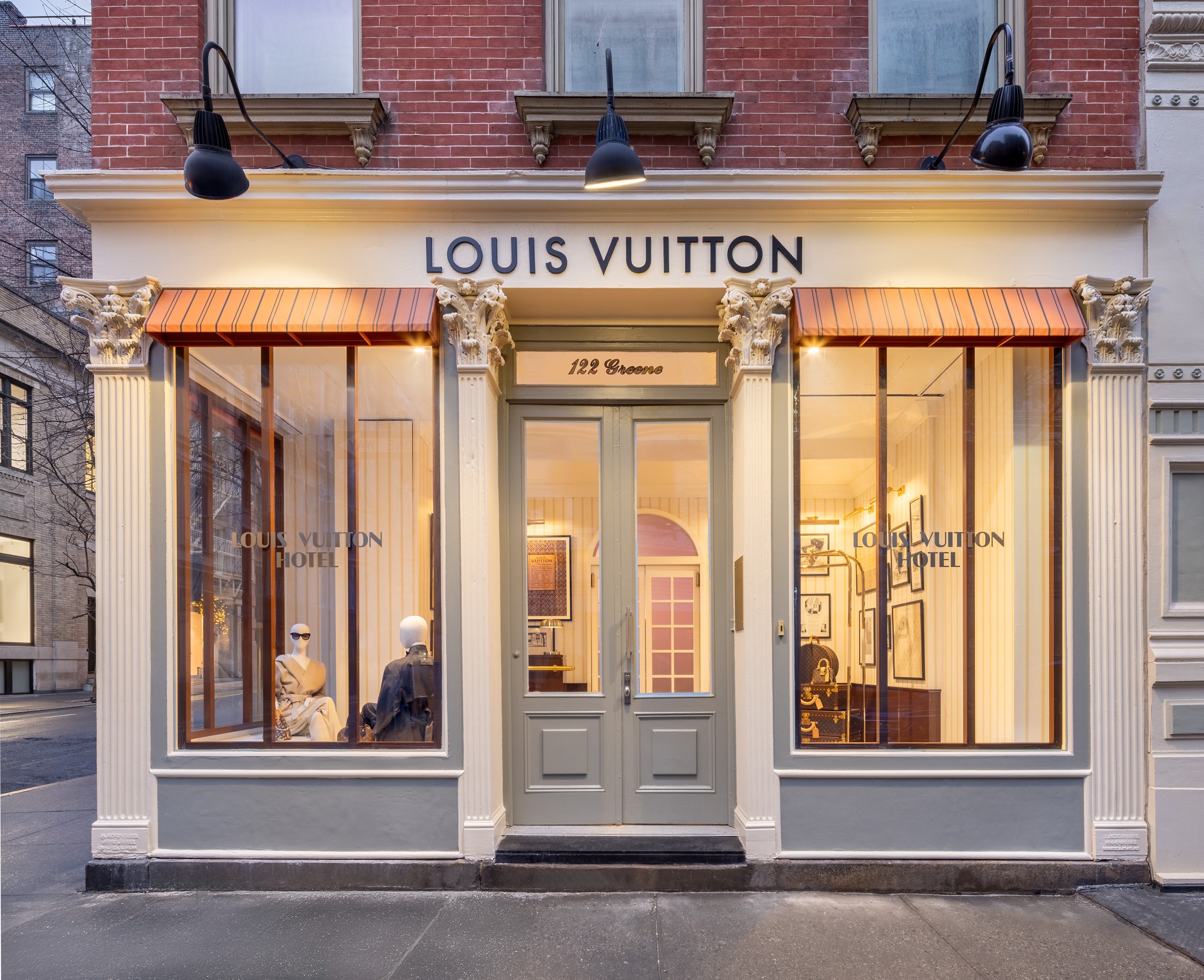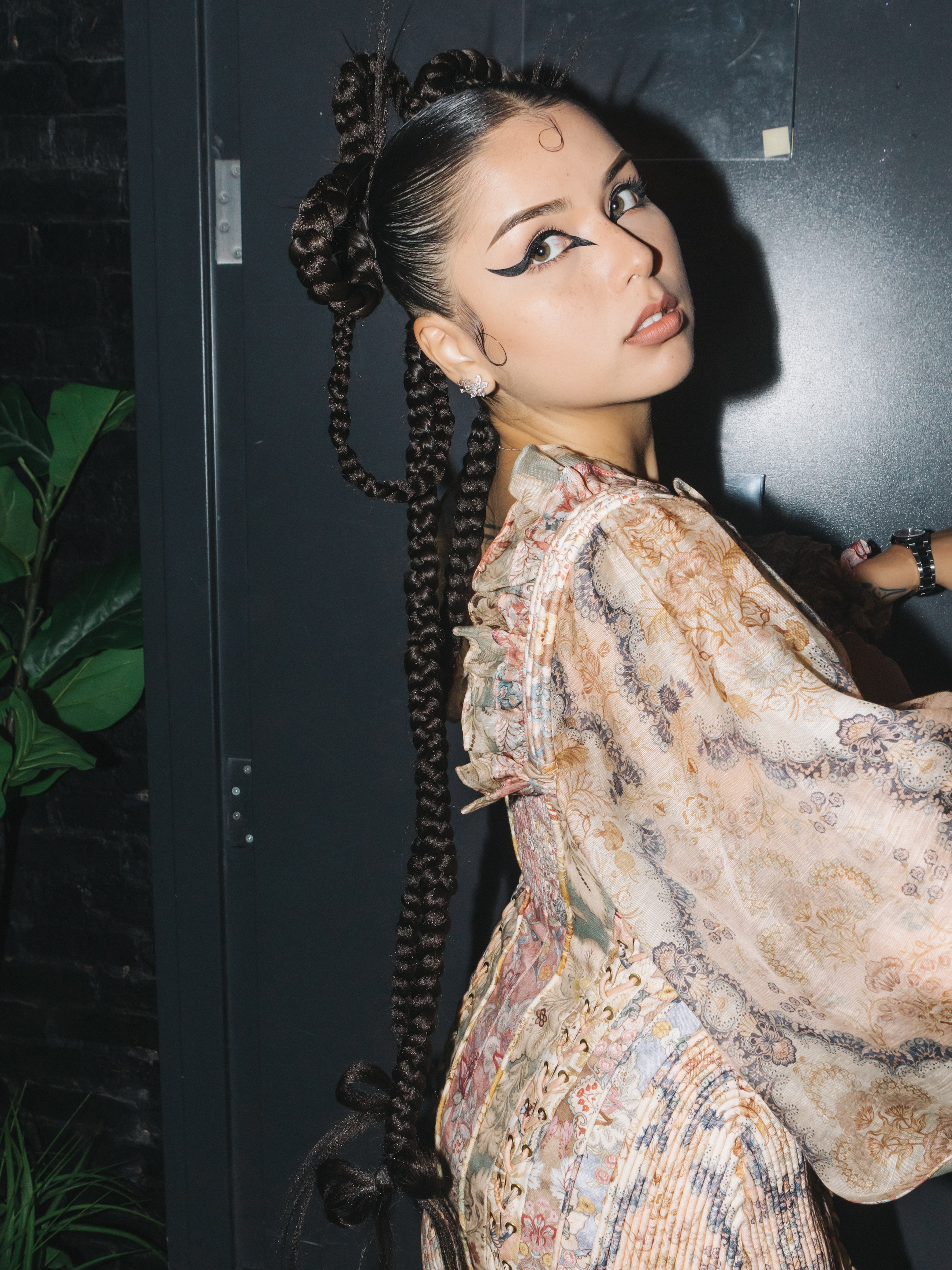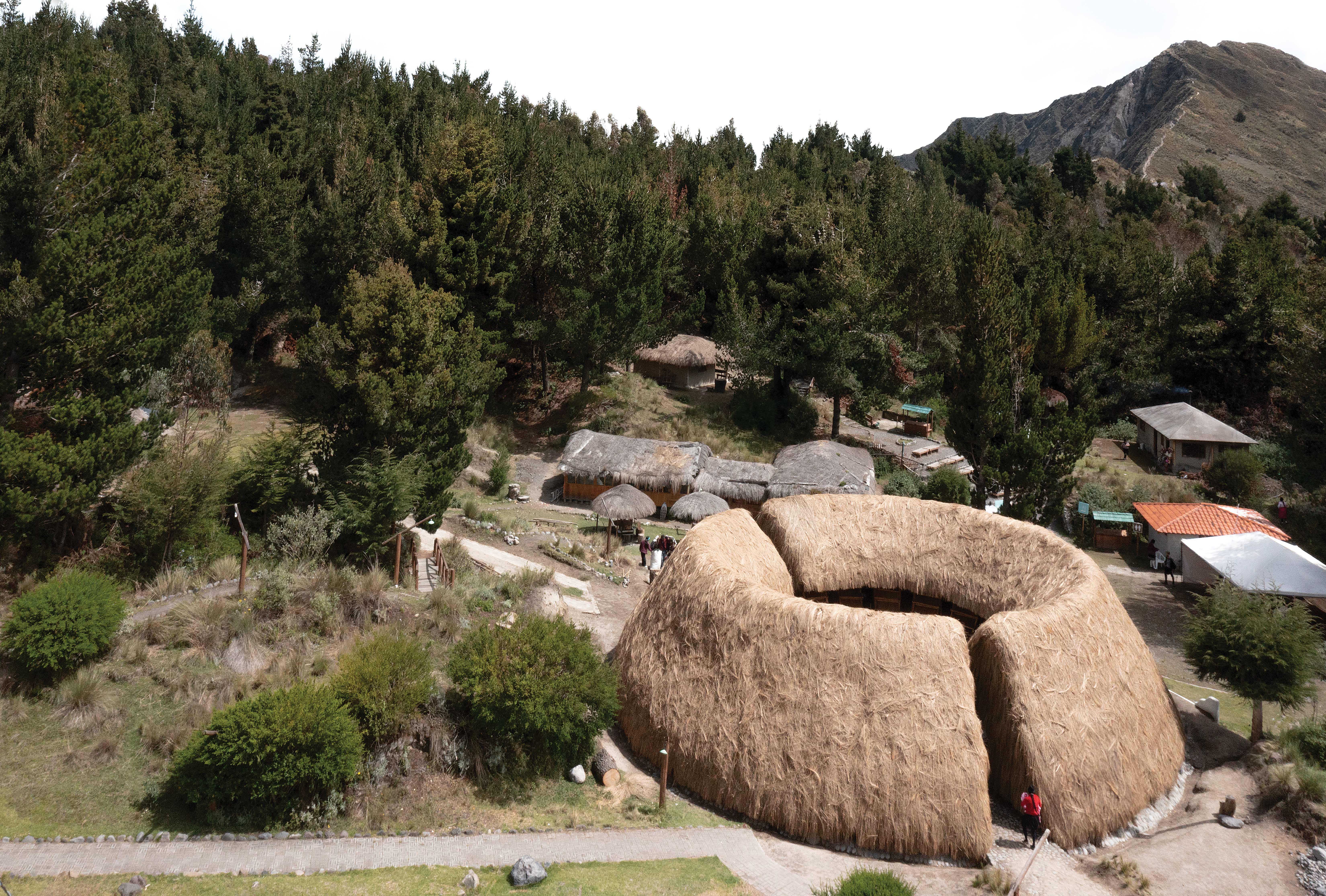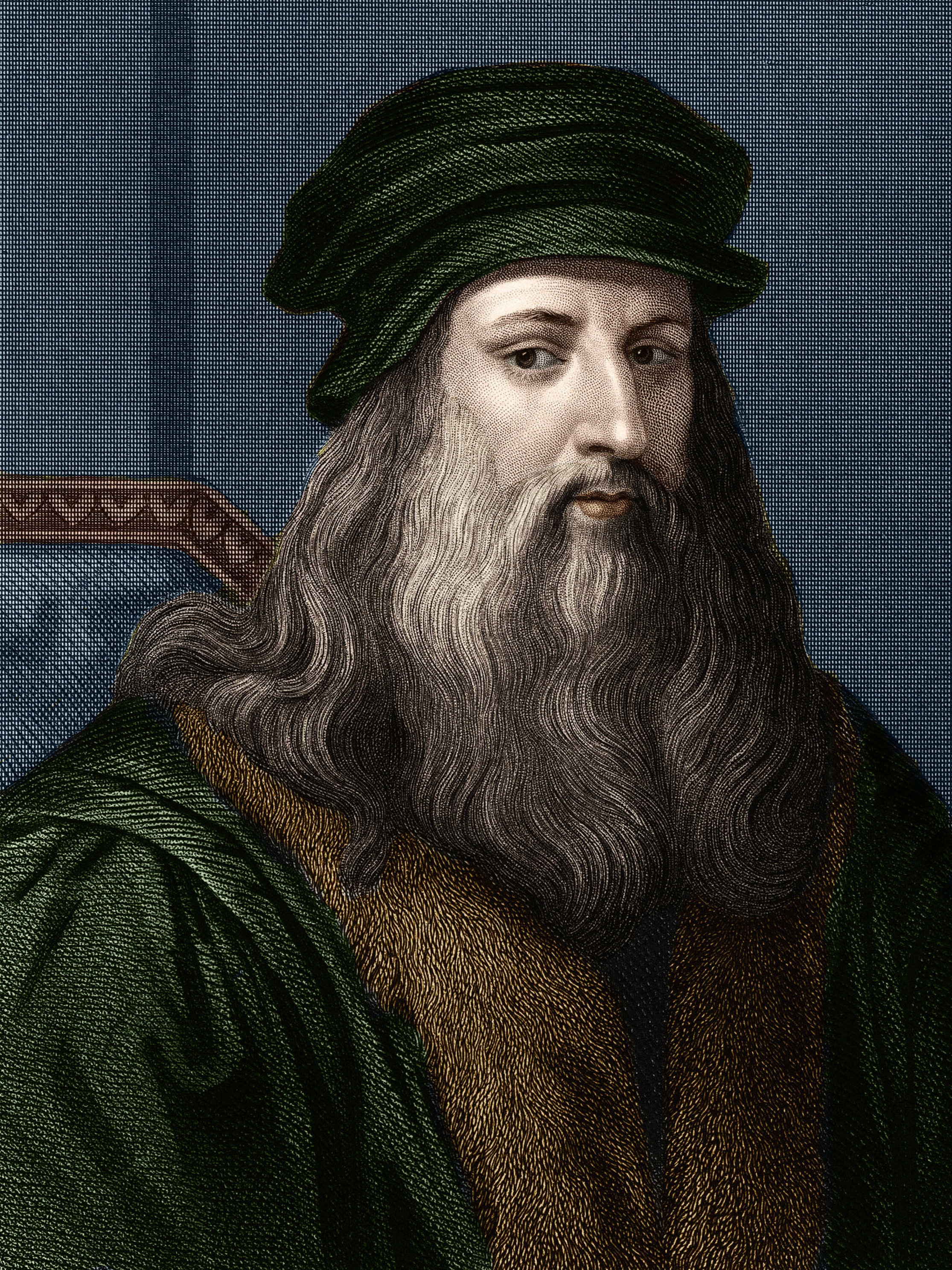

#block-yui\_3\_17\_2\_1\_1569617409067\_20694 .sqs-gallery-block-grid { margin-right: -10px; } #block-yui\_3\_17\_2\_1\_1569617409067\_20694 .sqs-gallery-block-grid .sqs-gallery-design-grid-slide .margin-wrapper { margin-right: 10px; margin-bottom: 10px; }
Leonardo da Vinci was a true Renaissance polymath; an extraordinary man with the exceptional ability to draw conclusions from his eternal inquisitiveness. With interests in architecture, music, mathematics, literature, geology, astronomy, botany, paleontology, and cartography, he's most famed for his work in art, anatomy, engineering, and, scientific discoveries and inventions. As one of the most prominent men of his time, current historians accepted Leonardo's work as complete and uncovered— until now.
Five hundred years later, and new revelations of da Vinci have been revealed in the world of cosmetics. The Renaissance was a period in which vast revelations were made, forever shaping the archetypes of innumerable industries. And as research now presents, Leonardo had a particular role in the beauty and care of the bodies in the high court. The infusion of perfumes, recipes for hair dye, facial products, and wax strips, all source back to da Vinci's uncovering—discoveries in which the most important Renaissance women \[Isabella d'Este, Caterina Sforza, Caterina de' Medici, and Lucrezia Borgia\] gained access to in exchange for testing and assessment.


This academic research conducted by Maria Pirulli has become a traveling exhibition. Teaming with the Italian Trade Commission, Cosmetica Italia and the 'Beauty Made in Italy' program, has brought the exhibit to Bologna, Venice, NYC, and currently, Milan. Notebooks containing writings, sketches and notes display a variety of cosmetic inventions made by Leonardo. This includes his studies of plants and flowers— even the first distillation experiments which led to the birth of chemistry.
Leonardo's enthusiasm for botany extended much further than his mutuals— extracting dyes, perfumes, oils, and poisons from flowers and plants. Thus, creating the first perfumes. The most intriguing point of research is da Vinci's comparison of "refragrances" to musical notes, understanding the complexity of olfactory levels in the combination of scents. This invention quickly became indispensable to the everyday life of Renaissance men and women. Whether it masked street odors or the poor hygienic tendencies of this society, fragrances became a consuming obsession. So much so, it had to be used on everything from hats to shoes, even gloves, stockings, shirts, and coins. As for the legacy of perfume, we have Catherine de' Medici to thank for introducing it to the French upon her marriage to Henry of Valois, Duke of Orleans and later King of France.


15th century Italia was notorious for its Botticelli-esque women. And while many high-class ladies sported blonde locks, they weren't naturally so. In fact, Leonardo wrote the recipes, "for making hair blonde" and "to make hair like tané," which derived from chestnut shells. Contriving a variety of shades \[Venetian blonde, Florentine blonde, and Neapolitan blonde\] along with shades of red, Leonardo set the aesthetic preference for Renaissance hair.


An amusing revelation is Leonardo's development of the first wax strip. Understanding the need to remove unwanted body hair, da Vinci used a depilatory unguent AKA the tear off wax strip with adhesive resins.
> "I think that the recipes for cosmetics concocted by Leonardo were seen by his contemporaries as a sort of magic —indeed, one of his nicknames was "Mago." Similarly, today, we can certainly view him as 'forerunner' of everything concerning beauty and the modern cosmetics world."
>
> – Maria Pirulli
Lisa Gherardini, famously known as The Monalisa, is said to of used a mysterious distillate of snail water from da Vinci. On the 29th of August, 1514, she had purchased this cosmetic lotion to 'remove sun from the face.' Fast forward to modern days, and snail slime is often used in the recipes of current facial remedies.


Leonardo da Vinci will be forever praised as a man with exuberance for life, intellect, and curiosity—fueling his desire to resolve the unknown. While his revolutionary inventions have been distinguished for centuries, his modus operandi for beauty only came to surface in recent years, thanks to Maria Pirulli. This monumental discovery brings to question: What else don't we know about the master of the Renaissance?
* * *
 
This academic research conducted by Maria Pirulli has become a traveling exhibition. Teaming with the Italian Trade Commission, Cosmetica Italia and the 'Beauty Made in Italy' program, has brought the exhibit to Bologna, Venice, NYC, and currently, Milan. Notebooks containing writings, sketches and notes display a variety of cosmetic inventions made by Leonardo. This includes his studies of plants and flowers— even the first distillation experiments which led to the birth of chemistry.
Leonardo's enthusiasm for botany extended much further than his mutuals— extracting dyes, perfumes, oils, and poisons from flowers and plants. Thus, creating the first perfumes. The most intriguing point of research is da Vinci's comparison of "refragrances" to musical notes, understanding the complexity of olfactory levels in the combination of scents. This invention quickly became indispensable to the everyday life of Renaissance men and women. Whether it masked street odors or the poor hygienic tendencies of this society, fragrances became a consuming obsession. So much so, it had to be used on everything from hats to shoes, even gloves, stockings, shirts, and coins. As for the legacy of perfume, we have Catherine de' Medici to thank for introducing it to the French upon her marriage to Henry of Valois, Duke of Orleans and later King of France.

This academic research conducted by Maria Pirulli has become a traveling exhibition. Teaming with the Italian Trade Commission, Cosmetica Italia and the 'Beauty Made in Italy' program, has brought the exhibit to Bologna, Venice, NYC, and currently, Milan. Notebooks containing writings, sketches and notes display a variety of cosmetic inventions made by Leonardo. This includes his studies of plants and flowers— even the first distillation experiments which led to the birth of chemistry.
Leonardo's enthusiasm for botany extended much further than his mutuals— extracting dyes, perfumes, oils, and poisons from flowers and plants. Thus, creating the first perfumes. The most intriguing point of research is da Vinci's comparison of "refragrances" to musical notes, understanding the complexity of olfactory levels in the combination of scents. This invention quickly became indispensable to the everyday life of Renaissance men and women. Whether it masked street odors or the poor hygienic tendencies of this society, fragrances became a consuming obsession. So much so, it had to be used on everything from hats to shoes, even gloves, stockings, shirts, and coins. As for the legacy of perfume, we have Catherine de' Medici to thank for introducing it to the French upon her marriage to Henry of Valois, Duke of Orleans and later King of France.
 
15th century Italia was notorious for its Botticelli-esque women. And while many high-class ladies sported blonde locks, they weren't naturally so. In fact, Leonardo wrote the recipes, "for making hair blonde" and "to make hair like tané," which derived from chestnut shells. Contriving a variety of shades \[Venetian blonde, Florentine blonde, and Neapolitan blonde\] along with shades of red, Leonardo set the aesthetic preference for Renaissance hair.

15th century Italia was notorious for its Botticelli-esque women. And while many high-class ladies sported blonde locks, they weren't naturally so. In fact, Leonardo wrote the recipes, "for making hair blonde" and "to make hair like tané," which derived from chestnut shells. Contriving a variety of shades \[Venetian blonde, Florentine blonde, and Neapolitan blonde\] along with shades of red, Leonardo set the aesthetic preference for Renaissance hair.
 
An amusing revelation is Leonardo's development of the first wax strip. Understanding the need to remove unwanted body hair, da Vinci used a depilatory unguent AKA the tear off wax strip with adhesive resins.
> "I think that the recipes for cosmetics concocted by Leonardo were seen by his contemporaries as a sort of magic —indeed, one of his nicknames was "Mago." Similarly, today, we can certainly view him as 'forerunner' of everything concerning beauty and the modern cosmetics world."
>
> – Maria Pirulli
Lisa Gherardini, famously known as The Monalisa, is said to of used a mysterious distillate of snail water from da Vinci. On the 29th of August, 1514, she had purchased this cosmetic lotion to 'remove sun from the face.' Fast forward to modern days, and snail slime is often used in the recipes of current facial remedies.

An amusing revelation is Leonardo's development of the first wax strip. Understanding the need to remove unwanted body hair, da Vinci used a depilatory unguent AKA the tear off wax strip with adhesive resins.
> "I think that the recipes for cosmetics concocted by Leonardo were seen by his contemporaries as a sort of magic —indeed, one of his nicknames was "Mago." Similarly, today, we can certainly view him as 'forerunner' of everything concerning beauty and the modern cosmetics world."
>
> – Maria Pirulli
Lisa Gherardini, famously known as The Monalisa, is said to of used a mysterious distillate of snail water from da Vinci. On the 29th of August, 1514, she had purchased this cosmetic lotion to 'remove sun from the face.' Fast forward to modern days, and snail slime is often used in the recipes of current facial remedies.
 
Leonardo da Vinci will be forever praised as a man with exuberance for life, intellect, and curiosity—fueling his desire to resolve the unknown. While his revolutionary inventions have been distinguished for centuries, his modus operandi for beauty only came to surface in recent years, thanks to Maria Pirulli. This monumental discovery brings to question: What else don't we know about the master of the Renaissance?
* * *

Leonardo da Vinci will be forever praised as a man with exuberance for life, intellect, and curiosity—fueling his desire to resolve the unknown. While his revolutionary inventions have been distinguished for centuries, his modus operandi for beauty only came to surface in recent years, thanks to Maria Pirulli. This monumental discovery brings to question: What else don't we know about the master of the Renaissance?
* * *


